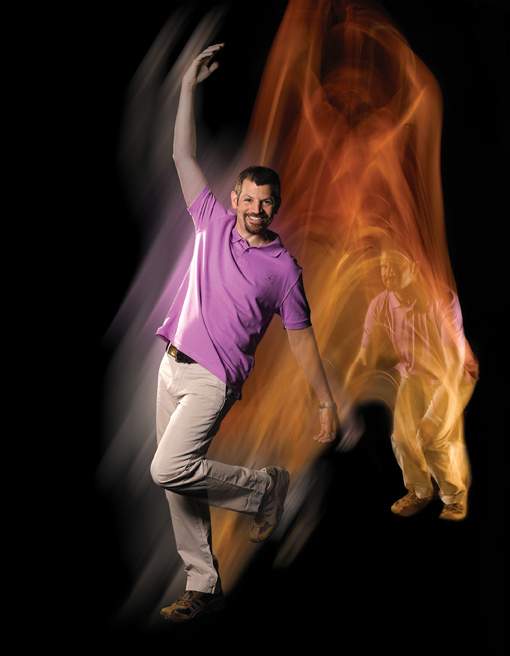Are you a journalist? Please sign up here for our press releases
Subscribe to our monthly newsletter:

Dr. Avishay Gal-Yam: "We've already discovered two new types of supernovae and continue to search for more. As we take part in the international effort to map and observe supernovae, we hope to improve our understanding of the physical processes involved."
Is there anyone who doesn't occasionally look up at the stars in wonder? Dr. Avishay Gal-Yam of the Weizmann Institute's Physics Faculty does it every day. With the aid of research satellites and giant telescopes, including the Keck and Gemini telescopes in Hawaii and the ESO/VLT telescope in Chile, he investigates the processes that take place in stars, especially exploding stars called supernovae. Gal-Yam: "The amount of energy a supernova releases in a few days is greater than that which our sun will put out over its entire lifetime."
A chance observation by the research satellite Swift led an international research team that included Gal-Yam to observe the explosion of such a star in real time, for the first time ever. This landmark observation is already being hailed as the "Rosetta stone" of supernovae, and it is helping scientists figure out exactly how the process takes place. Among other things, it has provided new information on the dimensions of an exploding star, on the structure of its outer shell and on the properties of the ensuing shockwave, which blows that outer shell off into space.
In a recent study, Gal-Yam and a colleague revealed what happened when the largest exploding star ever observed – at least 50 times the mass of our sun – became a supernova. As the process continued, the star became a large black hole.
Dr. Avishay Gal-Yam's research is supported by the Nella and Leon Benoziyo Center for Astrophysics; the Peter and Patricia Gruber Award; the Legacy Heritage Fund Program of the Israel Science Foundation; the William Z. and Eda Bess Novick Young Scientists Fund; and Miel de Botton Aynsley, UK.